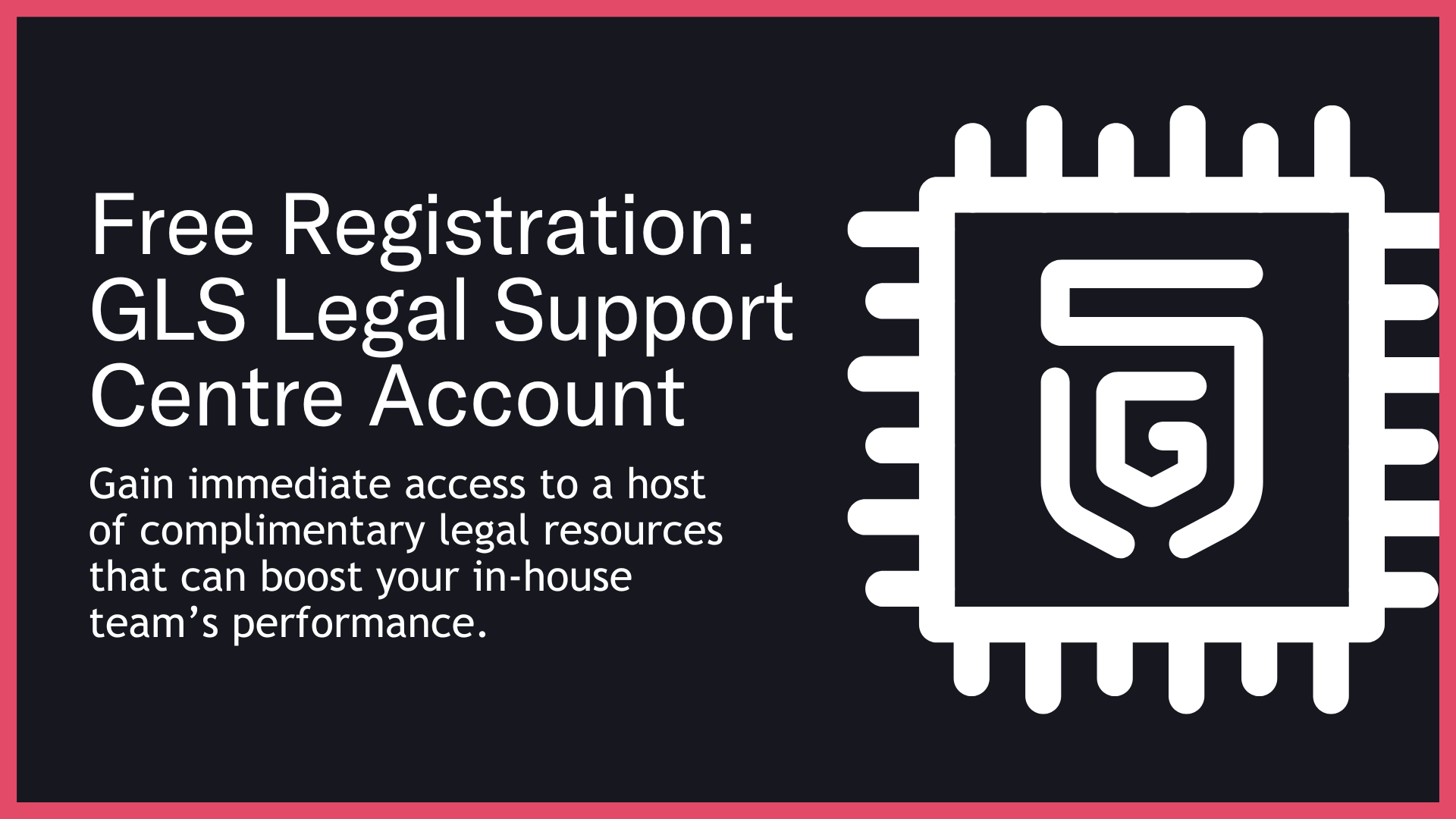GLS Legal Support Centre
Legal Made Easy For Startups
Back
Exec.Liaisons
Introduction
“A company secretary who can’t hold their own with senior executives is like a pilot who can’t talk to air traffic control; sooner or later, things will go wrong.” – Matt Glynn
The company secretary works at the intersection of governance and leadership. Whether briefing the CEO on compliance issues, guiding the board through statutory requirements, or preparing a regulator for an audit, your ability to liaise with executives is not just about manners — it’s a core driver of how effective your corporate governance will be.
This station examines why the executive liaison role is critical, the skills needed to excel, and the risks if you get it wrong.
PAA: Who does the company secretary report to?
Usually the board chair or CEO, depending on the company’s governance framework.
Why This is Important
This is an important stage of the start-up journey because;
◼️Direct influence: Executive briefings shape strategic decisions at the highest level.
◼️Governance clarity: Senior stakeholders rely on your accurate, concise summaries.
◼️Trust building: Executives must believe you are reliable and discreet.
◼️Risk mitigation: Timely communication avoids blindsiding leadership with issues.
◼️Information flow: You connect operational detail to strategic decision-making.
◼️Professional image: Your interactions set the tone for the governance function.
◼️Decision efficiency: Clear, pre-meeting executive conversations speed approvals.
◼️Stakeholder confidence: Well-managed liaison reassures regulators and investors.
PAA: Is executive liaison a legal duty?
Not directly, but it is often implicit in the company secretary’s statutory responsibilities.
PAA: How often should a company secretary meet with the CEO?
At least monthly in a formal setting, with informal touchpoints as needed for urgent matters.
Consequences of Not Addressing This Issue
Legal Implications
- Incomplete or misunderstood briefings can cause statutory breaches.
- Failing to alert executives to governance deadlines risks non-compliance penalties.
Founder Relationship Issues
- Poor liaison undermines the secretary’s credibility with leadership.
- Miscommunications fuel friction between board, CEO, and management.
Commercial Implications
- Delays in sign-offs stall funding, deals, or regulatory submissions.
- Inadequate briefing causes missed opportunities for growth.
Operational Implications
- Executives bypass the company secretary, weakening governance oversight.
- Vital governance matters fall through the cracks without central coordination.
Biz Valuation Issues
- Investors interpret weak governance communication as organisational risk.
- Inefficient decision-making processes depress transaction readiness.
The above lists are indicative issues – the relevance of which will depend on your circumstances;
PAA: What happens if the board and executives don’t communicate well?
It can lead to poor strategic alignment, slow decisions, and weakened corporate governance.
What You Should Be Doing
◼️Map your audience
Identify each executive’s role, decision-making style, and priorities.
◼️Refine your briefings
Deliver key points in two minutes or less; provide detail in follow-up documents.
◼️Maintain discretion
Protect sensitive board and executive discussions from leaks or casual disclosure.
◼️Time your interventions
Bring issues forward early enough for informed executive consideration.
◼️Document interactions
Keep a record of briefings and action items; this strengthens accountability.
◼️Train in soft skills
Develop negotiation, diplomacy, and influence techniques tailored for senior audiences.
The above suggestions are just a few of the steps you can consider taking. There are many more things that need to be done to ensure the associated risks are effectively and pragmatically dealt with.
PAA: How should a company secretary prepare for a CEO meeting?
Have a clear agenda, relevant documents, and concise talking points ready in advance.
PAA: Should all liaison be in writing?
Not necessarily — but key points and decisions should always be documented for the record.
Balancing Legal Priorities and The Need to Launch Fast
Start-ups can see governance as a side task, but at the executive level, good liaison keeps the whole ship aligned. For the company secretary, this means balancing urgency with thoroughness — ensuring you brief executives fully without slowing the business unnecessarily.
PAA: Should liaison be formal or informal?
Both — formal in record-keeping, but flexible enough to build trust through informal conversations.
How These Risks Can Play Out
The Missed Filing – The company secretary emails a compliance deadline to the CEO but never confirms understanding. The filing is missed; a regulatory fine follows, and investor confidence wavers.
The Misunderstood Resolution – A poorly explained board motion confuses a founder-CEO, who votes against their own strategic interest. Months later, the company is stuck with a governance structure that complicates funding rounds.
The Regulator Surprise – No one warns the CEO that the regulator will raise specific ESG breaches in a meeting. The CEO is blindsided, appearing unprepared and defensive — leading to a reputational setback and stricter oversight.
PAA: How can a company secretary build credibility with executives?
By being consistently accurate, prepared, and solutions-focused in all interactions.
Final Thoughts
At the executive level, the company secretary is not just a messenger — they’re a trusted interpreter between governance obligations and strategic priorities. Getting executive liaison right builds trust, speeds decisions, and safeguards compliance; getting it wrong risks more than just awkward conversations.
How GLS Can Help You
We offer:
◼️Executive communication training for company secretaries.
◼️Governance briefing templates.
◼️Stakeholder mapping exercises.
◼️Advisory on board–management liaison protocols.
◼️Crisis communication planning.
◼️Regulator meeting preparation.
◼️Minute-taking and action tracking systems.
◼️Soft skills coaching for senior-level engagement.
◼️Playbooks for high-stakes presentations to executives.
◼️Confidential advisory support for sensitive executive matters.

